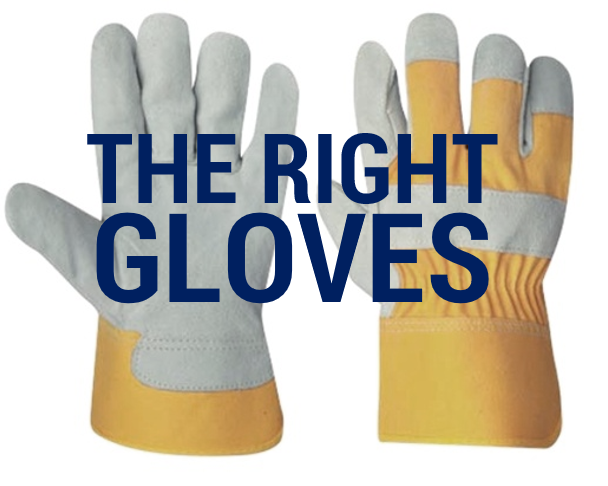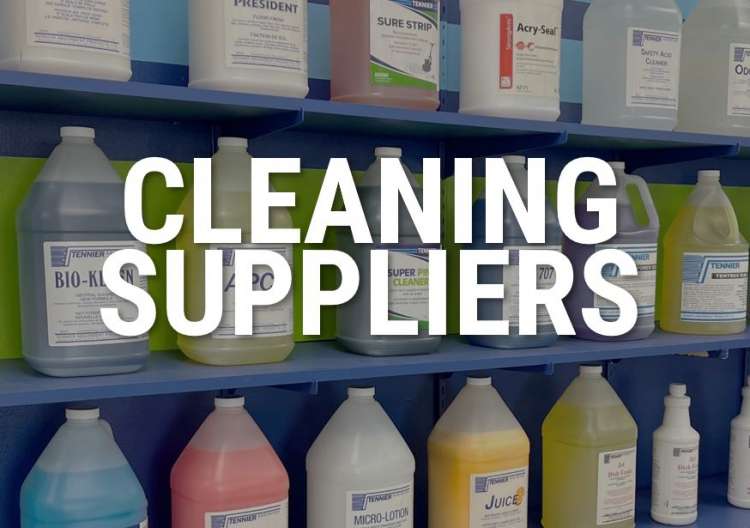The right gloves make work easier – and safer
Experts say that more than 25% of recorded workplace injuries involve hands and fingers – not surprising, really, given how much we rely on our hands to conduct so much of what we do in a day.
The good news is that hand and finger injuries are some of the most preventable, and that starts with gloves. But gloves only work when your employees have the right ones for the job.
So how do you know which are best for the tasks your employees are doing? Here are our tips:
1. Document all the tasks your employees are doing. If you’ve got hundreds or thousands of employees, working in a huge facility or across several locations, you probably don’t know everything that each employee may be doing on a regular basis. Or you may think that you have lots of employees who need fire-resistant gloves when in fact most of your workers need cut-resistant gloves. It’s worth putting together a comprehensive list of activities (and their related risks) before you determine what gloves the organization needs.
2. Make a list of the potential hazards. Different activities mean different potential issues:
- Cuts and punctures
- Hot and cold
- Chemicals (burns and absorption)
- Water
- Bruising and blistering
- Electricity
- Burns
- Fractures
Gloves that protect against cold temperatures are different than gloves that offer chemical protection. It’s important to know what risks your employees are facing.
2 (b). Know what liquids you need to protect against. Natural latex/rubber gloves are effective protection against water-based liquids, for example, but won’t stop nitric or sulfuric acid, which need butyl rubber gloves. Make sure you know what liquids your employees are coming into contact with so you can choose the right material.
3. Understand cut resistance. No glove is 100% cut-proof under all circumstances. But if you understand the major standards, like ANSI/ISEA-2016, you’ll be able to make better decisions.
4. Understand yarns. You probably know about fibers like Kevlar and Dyneema, but do you know what they actually protect against? Kevlar, for example, is very heat-resistant and can handle temperatures from -320°F up to 850°F. Dyneema, on the other hand, is super-strong for its weight and is more abrasion- and cut-resistant than nylon.
You’ll also want to understand gauges of yarn: Thinner gloves, in a 15-21-gauge, are good when manual dexterity is key, but they will wear through more quickly than a thicker gauge like 7-13.
5. Consider fit. Gloves work best when they fit properly, and not everyone in your organization has the same sized hands. When choosing gloves for employees, you’ll want to make sure there are size options that’ll keep everyone safer.
6. Make sure you’re doing a TCA (Total Cost Assessment). A box of cheap gloves is only a bargain if they actually perform as well as more expensive ones. And a poorly-performing glove can mean reduced wear time, decreased productivity, and increased costs when an employee is injured. It’s important to balance these factors when setting a glove budget.
Ask a glove expert
Your employees are performing hundreds and thousands of tasks with their hands every day. And there are hundreds of different kinds of gloves on the market. If you’re having trouble figuring out which ones make the most sense for your organization, why not ask us? We’re not affiliated with one particular glove manufacturer, and most of our team has been working in the safety equipment field for 20+ years – so we know what works.





